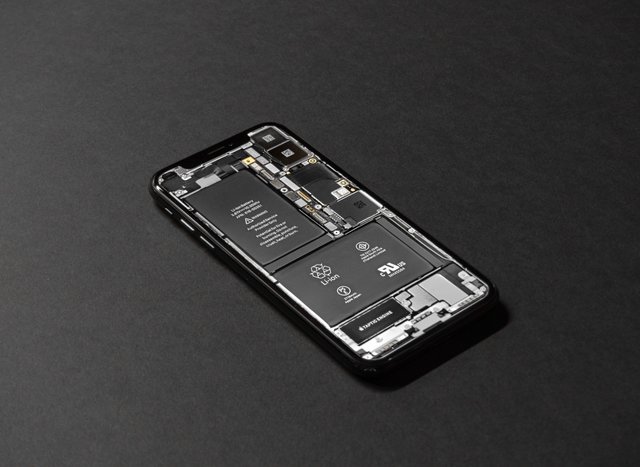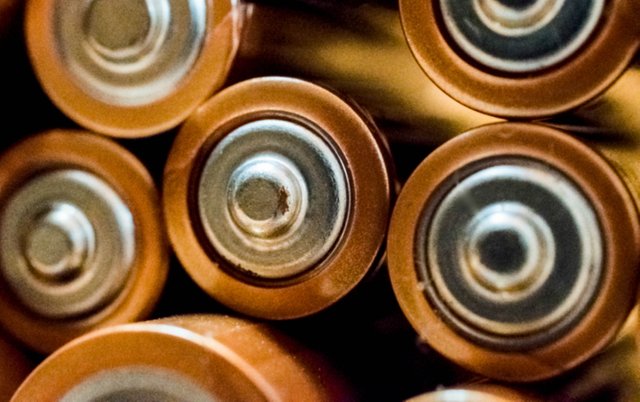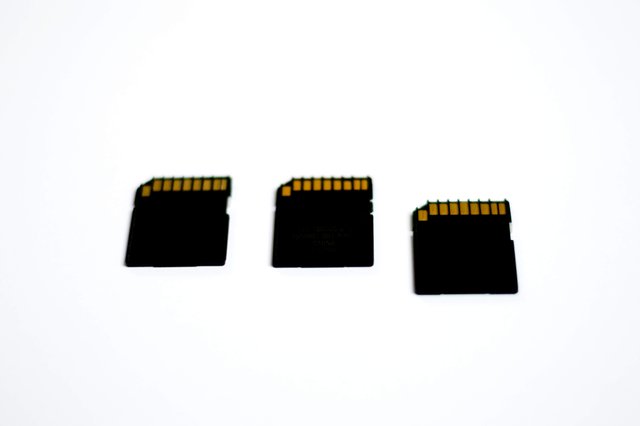Why disappear smartphone replaceable batteries and memory cards?

Over the years, looking at various mobile devices, I have noticed a growing trend in the number of products on the shelves that users themselves cannot replace battery and expand the built-in memory with cheap microSD memory cards. In short, replaceable batteries and memory cards are not a bad thing and for some users it is a prerequisite for deciding on a particular device. However, manufacturers are trying to optimize the production of devices and offer them only in configurations that are more relevant to the largest possible number of users. If only a few dozen users evaluate the replaceable batteries, they will most likely have to get rid of them because creating them creates unnecessary burdens.
I would like to briefly explain the main reasons why smartphones "removes" removable batteries and memory cards and invite you to express your thoughts on the subject.

It is better to have a larger non-replaceable battery.
With batteries, everything is pretty simple and you can drag parallel with laptops. At present, early all portable computers had removable and replaceable batteries, but nowadays, especially in the ultra-thin category, replaceable batteries are rare. If the manufacturer has to incorporate the possibility of replacing the battery in the product, this means significant burdens on design, weight and battery volume fronts. Somewhere, however, this battery should be placed and thought about opening mechanisms. On the other hand, one-piece (unibody) housings do not have to think about such things, and it is simply possible to build more capacious batteries at times without making the device bigger and heavier.
There is a similar situation for mobile devices. More and more smartphones that do not have user-replaceable batteries appear, and in some cases, they do so to accommodate more capacious batteries in their devices. The manufacturer no longer has to think about how to develop safe-to-replace batteries and not to take care of the rather sophisticated battery protection mechanism against "counterfeits". Manufacturer can also come up with different innovative battery designs and I immediately come to mind the Android LG G2, whose really capacious battery fills optimally all available body space.

Google don't want memory cards on Android phones.
With memory cards in modern smartphones, the situation at the root is quite similar, but it has the potential to develop much more technical. If the manufacturer decides to include memory card support in one of their products, it creates a whole lot of additional problems. The memory card slot has to be placed somewhere and there will definitely be some more work for designers, but memory card support is also a disappearing phenomenon.
Google's official position is that memory cards are undesirable because they reduce the overall security of the device and make it more difficult to use the device. When it comes to security, memory cards are usually formatted with the FAT file system and keep no chips out of security. This was especially true with Android 4.2 (Jelly Bean), which introduced multi-user mode. You will agree, however, that it is not cool if other users can access our data. The solution would be to format the memory card with a more secure file system that supports the required security, but then it no makes sense to be able to remove the card from the phone, as we will not be able to access it on another device.
Similarly, it cannot be denied that by removing the possibility of replenishing the memory, the manufacturer can make a significant contribution to the distribution of the product by the amount of memory. I recently read an interesting article about the fact that device manufacturers earn very well from products with larger built-in memory. Memory is not the most expensive component, and, for example, the Apple 16 GB memory chip costs about 5 €, but in the end product, the increase of 16 GB will cost close to 70 €. Here, of course, one can argue that the more expensive products subsidize the cheapest products, but in any case an interesting situation.
It has to be understood that manufacturers are trying to offer them the most affordable solution, trying to get as close as possible to the dangerous border when users begin to actively express their frustration with the operation of the device. I would like to see fast and high-quality internal memory on mobile devices, as most data nowadays are located in different cloud services. For example, Apple iPhone memory cards have not been in any model, but in Samsung (Android) products they are almost in all models and may have helped this company come where it is now.
When buying a new device you need to understand how it will be used. There will be people who will instantly know that they will want to store their entire photo archive on their tablet, so choose a device with large built-in memory instantly. For most, 16 GB or 32 GB of built-in memory will suffice and you can safely store additional data in cloud servers, where they can be easily accessed from other devices.
I don't think that removable batteries and memory cards will completely disappear from mobile devices in the next few years. However, I will allow the assumption that we will soon find both things as a niche products. It is not a problem in itself, because the option will be retained and that is the key. But in a few years' time, the situation maybe will be very different and ho knows whats will be next.